Architecture
SKY-HIGH: A STYLE ICON
Phenomenal – the view from the 202 m high Millennium Tower. An unobstructed 360-degree panoramic view over Vienna, the Danube, and far beyond. Including its antenna mast, the tower, by the Vienna architect group Peichl, Podrecca and Weber, rises 65 metres above St. Stephen’s Cathedral. An unmistakable part of the Vienna skyline, a landmark of Vienna, and an infrastructure centre for the entire neighbourhood.
Architecture
SKY-HIGH: A STYLE ICON
Phenomenal – the view from the 202 m high Millennium Tower. An unobstructed 360-degree panoramic view over Vienna, the Danube, and far beyond. Including its antenna mast, the tower, by the Vienna architect group Peichl, Podrecca and Weber, rises 65 metres above St. Stephen’s Cathedral. An unmistakable part of the Vienna skyline, a landmark of Vienna, and an infrastructure centre for the entire neighbourhood.
The architecture of the Millennium Tower is phenomenal too. “Nomen est omen”; it’s already suggested in the name. Finished in 1999, the tower is a classic example of its decade; a style icon of the turn of the millennium, with its intelligent overall design, consisting of two interlocked, completely glazed cylinders supported by a steel composite structure, and also its flexible adaptability to the needs of its users.
The whole of the 43,000 square meters of office space benefits from natural light – and an unsurpassed outlook over the city. This has been achieved using special solar control glass with platinum mirroring for the glazed surfaces of the windows.
The floor plans of the 900 square meter floors can be flexibly partitioned and can also be connected across floors. Lifts, storage, toilets and other housekeeping rooms are located in the core of the cylindrical structure.
The distinctive tower rises above a multi-part flat-roofed building accommodating a wide range of shopping options, services, restaurants and entertainment for tenants and visitors. Variety in place of monotony – upon completion, the “Millennium City” was Austria’s first town-in-town concept. A place where work and leisure optimally combine.
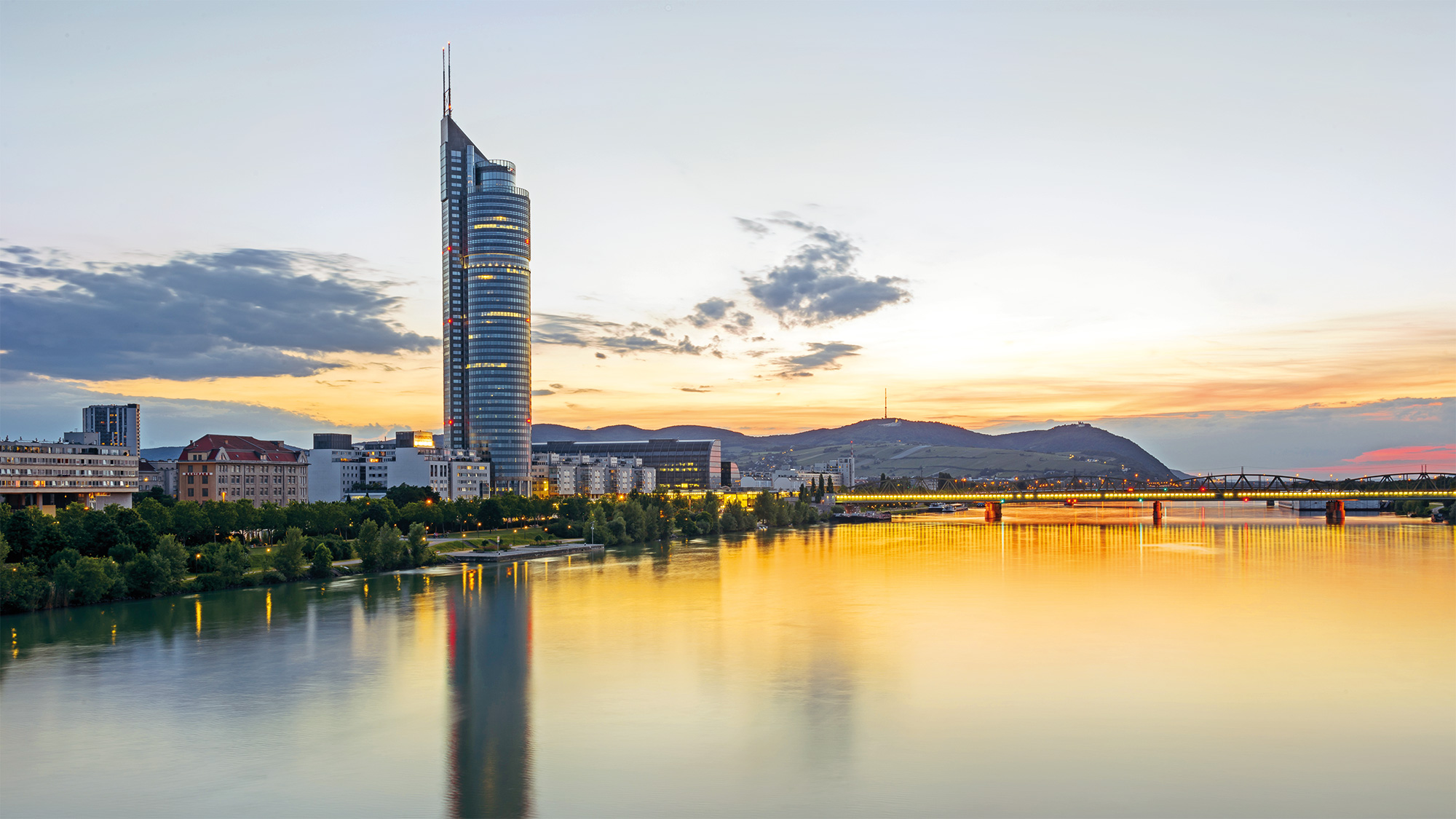
Completion
1999
Height
202 m
Floors
50
Total office area
43.000 sqm
Area per floor
840–900 sqm
Smallest unit available for letting
160 sqm
MAXIMUM SUBDIVISION PER FLOOR
3 Units
OFFICE AREA CEILING HEIGHT
2,75–2,80 m
A TOP-CLASS TEAM OF ARCHITECTS
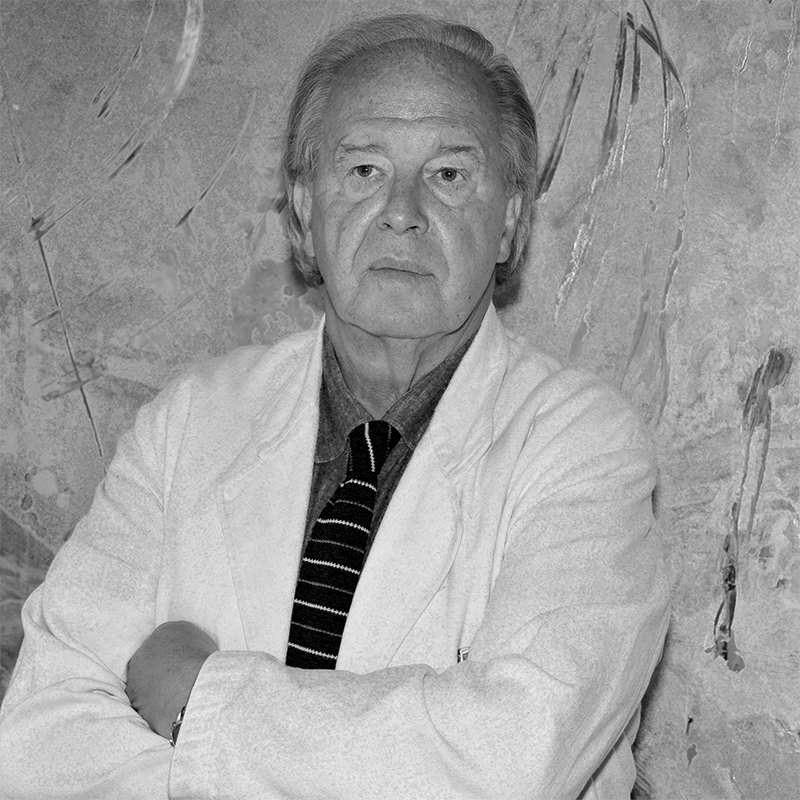
Boris Podrecca
The Serbian-born architect, with offices in Vienna, Stuttgart and Venice, has twice been presented with the Order of Merit for his services to the region of Vienna; the highest honour currently issued by the City of Vienna. He has built and designed squares, shopping centres, hotels, entire residential neighbourhoods, and a museum.
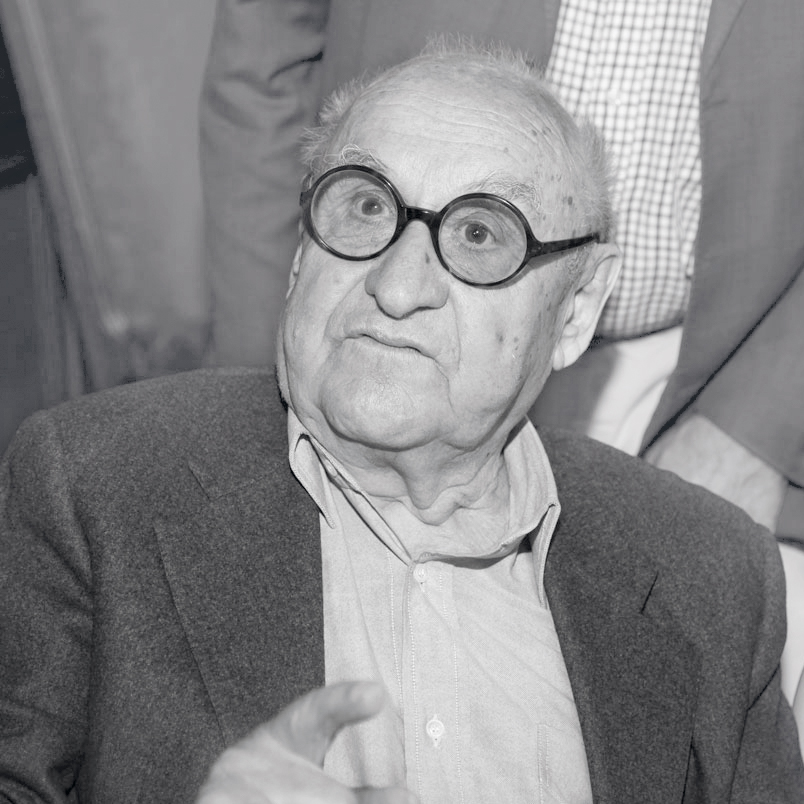
Gustav Peichl
The Austrian architect and author has been recognised for his previous work by over 20 prizes, including the Great Cross of Merit of the Federal Republic of Germany, and in 2004 readers of the Kurier newspaper voted him among the 50 most influential Austrians of the past 50 years.
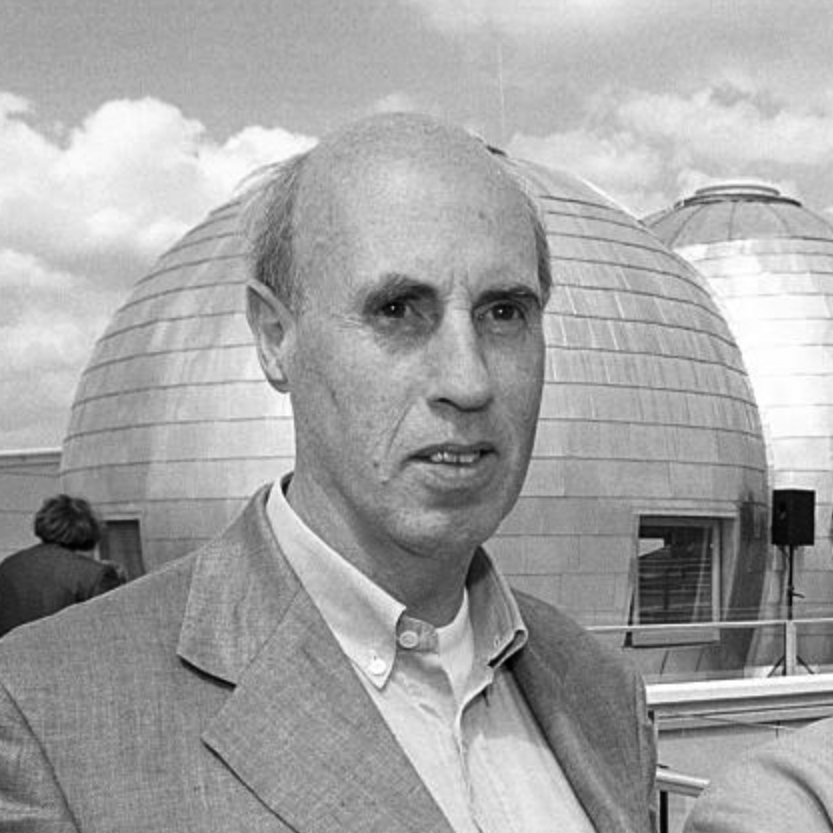
Rudolf F. Weber
Since 1991, the architect has been working in partnership with Gustav Peichl at the studio Peichl & Partner ZT GmbH. During this time, the Millennium Tower also took shape, and was Vienna’s tallest building until 2014. Weber, who graduated as a Master of Architecture from the University of California in 1959, was also involved in the construction of the Krems cartoon museum and in building the ORF regional studios.
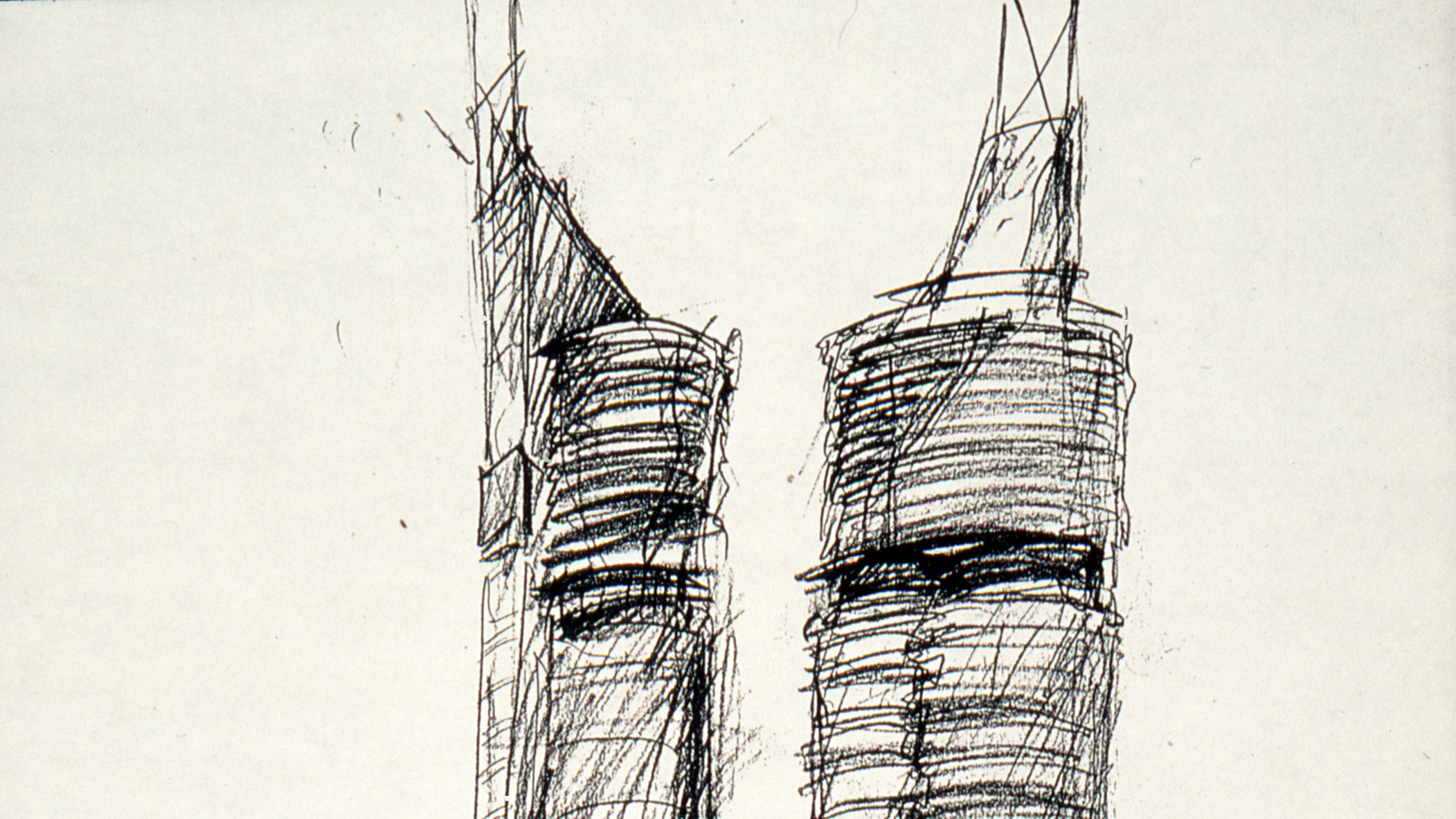
BORIS PODRECCA TALKING
ABOUT THE MILLENNIUM TOWER
“The policy in Vienna at the turn of the millennium was that buildings should be no higher than 110 or 120 metres. At the same time, back then we were facing the challenge of planning for sufficient gross floor area for later use – about 750 – 1000 square metres. This height-to-width ratio would have resulted in a building that resembled a gravestone; not the rocket we envisaged. We broke away from the conventional policy and built a real skyscraper with a 1:4 ratio and a height, including the spire and antenna, of 202 metres.
The Millennium Tower thus became an architectural beacon, the lighthouse on the Danube, that draws streams of pedestrians from the Danube Canal up to the Danube.
The interface resulting from the geometric penetration of the two basic cylinder shapes has been made particularly pronounced in the facade. From the inner space, a footbridge leads to the river.
Looking down the length of the boulevard of the new Austria Campus, you see the Millennium Tower rising up at the end – a major axis of town planning in Vienna that is finally completed.
Another idea was not to simply build the tower to be parallel, but instead slightly oblique to the Danube, resulting in the view from the tower over the Danube being more attractive, and the tower not simply standing there like a wall. It’s easy to look past its narrow silhouette. This artistic trick means the Millennium Tower extends a greeting to everyone coming down the Danube to Vienna.”
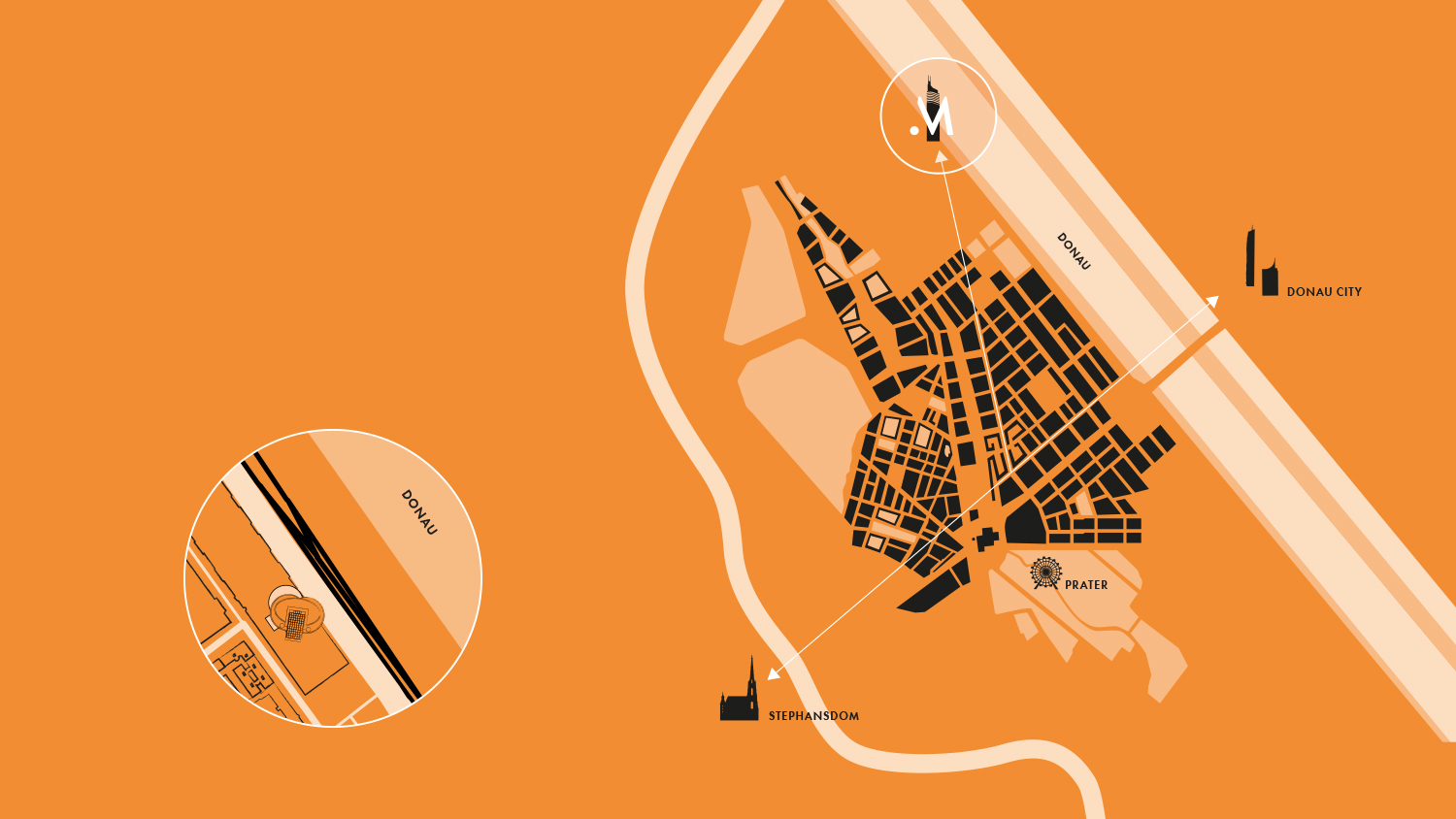
Schematic drawing of Brigittenau with the town planning city axis from the Austria Campus to the Millennium Tower.

